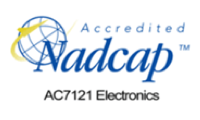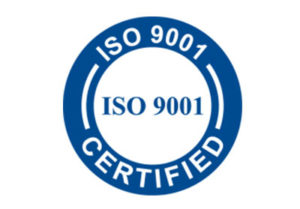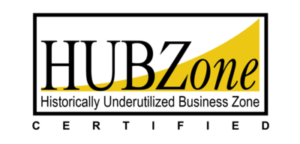![Liberty Electronics® Moving up The Bill of Sale Thumbnail Liberty | Advantages of Moving Up the Bill of Materials [Video], Liberty Electronics®](https://blog.libertyelectronics.com/wp-content/uploads/2022/05/Moving-up-The-Bill-of-Sale-Thumbnail-Liberty.jpg)
![Liberty Electronics® Moving up The Bill of Sale Thumbnail Liberty | Advantages of Moving Up the Bill of Materials [Video], Liberty Electronics®](https://blog.libertyelectronics.com/wp-content/uploads/2022/05/Moving-up-The-Bill-of-Sale-Thumbnail-Liberty.jpg)
The Bill of Material is a critical component of the planning process in manufacturing for any industry. In this episode of Wired Success, Mark Cessar talks with Liberty’s Programs Director, Troy West about what moving up the Bill of Materials is and how this approach to procurement can benefit OEMs in terms of ease of installation, capacity, costs, and inventory reduction.
Mark:
Hi, my name is Mark Cessar and I am here today with Troy West for another discussion on Wired Success presented by Liberty Electronics. Troy has worked for the company for 19 years as our Programs Director. He is from Butler County, Pennsylvania. So, today’s topic for discussion is “advantages of moving up the bill of materials.” So to start, why would a system supplier want to outsource a higher level assembly as a strategy, versus cable and harness assemblies?
Troy:
Well, the main reason a supplier would want to source a chassis or box build as opposed to a harness would be the ease of installation. So, when they get a harness or cable assembly, they have to take that assembly and install it in whatever their unit is: the chassis, the box… and that can be a fairly labor-intensive process. So by having it come to them as a completed unit, then they may simply have to bolt that chassis into their assembly that they will sell to an OEM and it’s already tested; it’s already inspected, and therefore it helps save on their labor costs.
Mark:
So let’s talk about capacity. How can this approach help this area?
Troy:
Well for a system supplier, you know, if they’re able to outsource the chassis for example– if I can give an example– there is a customer I know of that had a large harness they were procuring from us that had about 90 wires going to a single terminal block. And the original intent was that they would terminate to that terminal block at their facility. However they did not have the labor available for that. So after a couple months of receiving assemblies that way, they decided to have the terminal block included in our bill and have us do the termination. And it saved them– according to them– about six hours per unit for the installation.
Mark:
All right, what about cost? What are the implications there?
Troy:
There are several factors that can be impacted by this for cost. One of which would be a reduction in inventory for the system supplier to carry, as well as the number of PO’s that would be issued by the supplier, as well as the receiving and warehouse activities to manage all of those components.
Mark:
You mentioned inventory reduction. Can you explain that a little bit more?
Troy:
Yeah we can work with the system supplier to potentially have a pull or vendor-managed inventory system set up so that they would only need to pull those items as required. As well as it would reduce the number of part numbers that they would need to carry in their inventory and the cost associated with having them in their inventory and purchasing them.
Mark:
So last but not least, what effect can this strategy have on the design process?
Troy:
Well, if the system supplier is able to modify their design to make it easier for installation, that can impact quite a bit. Their remaining labor, for example, they might have the harness at present exit the chassis and go to switches or terminal blocks or whatever that would need to be hooked up afterward, and they might be able to modify the design so it’s connected and to make that chassis a plug-and-play type assembly. So,drop it in, hook up a few connectors, and you’re done with it as opposed to installing it and then running a bunch of wires wherever they need to go.
Mark:
Well thank you try thank you for tuning in to another episode on wired for success presented by Liberty Electronics. Thanks again, Troy





![Liberty Electronics® Quarterly Newsletter Signup CTA | Advantages of Moving Up the Bill of Materials [Video], Liberty Electronics®](https://blog.libertyelectronics.com/wp-content/uploads/2022/04/Quarterly-Newsletter-Signup-CTA.jpg)